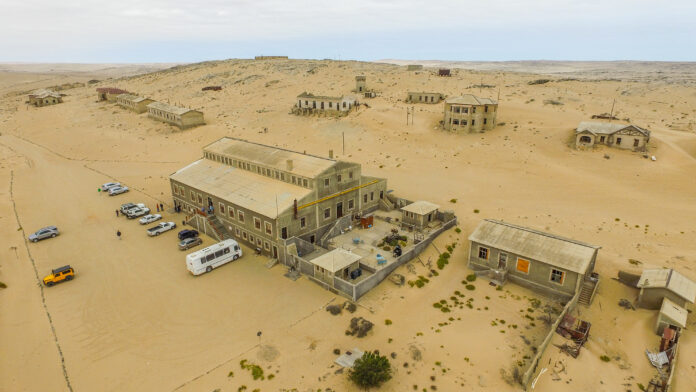Abandoned places of the world. Ghost towns… How many of them are there in the world? Their existence itself seems both amazing and frightening. Why do people leave inhabited places, seeking a new life? What drives them to make such a strange and illogical decision?
Sometimes we know their motives, but in some cases, they remain a mystery… This list of abandoned cities of the world does not include the American town – the prototype of Silent Hill, but it deserves a separate article.
Abandoned Cities of the World:
Kolmanskop, Namibia
The town was established in 1908 when a diamond deposit was discovered in the Namib Desert. A settlement was built on its site, complete with a hospital, school, and a small stadium. The city was predicted to have a great future.
But a couple of years later, the deposit was exhausted. People realized they would have to survive in harsh conditions, amidst raging sandstorms, without water and systematic communication with the outside world. Therefore, by 1954, Kolmanskop was completely deserted.
Tawergha, Libya
Tawergha was abandoned relatively recently, in 2011 when the persecution of local people, descendants of black slaves, began. Rebels led by Gaddafi mercilessly destroyed the population: more than a thousand people are considered “missing”.
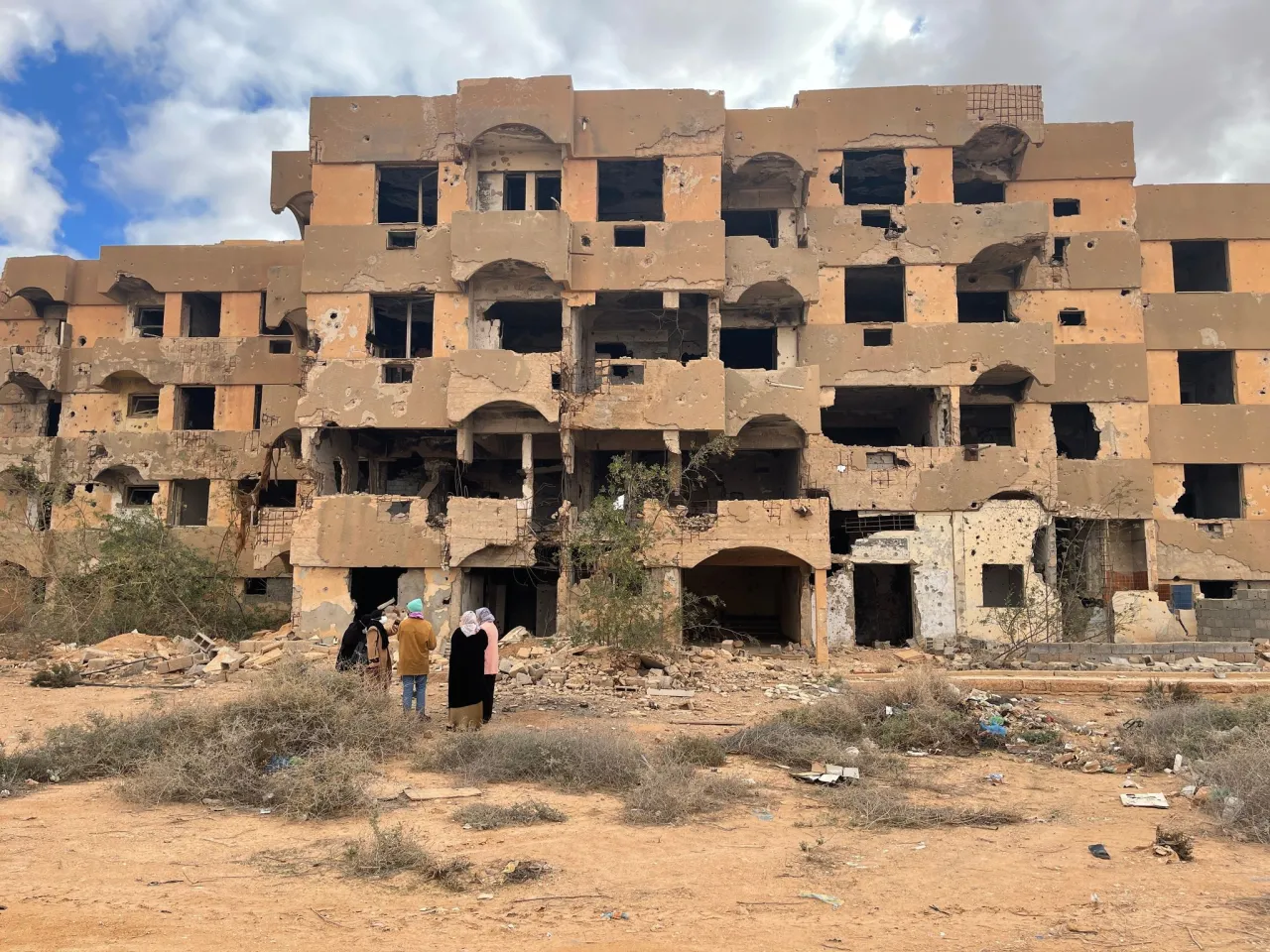
The government of Libya proved unable to ensure the safety of former residents of Tawergha, so they had to flee the city forever.
Namie, Japan
The ghost town of Namie is similar to Chernobyl. After the Fukushima disaster, this city was abandoned by its residents. It is still impossible to return there due to the high level of radiation.
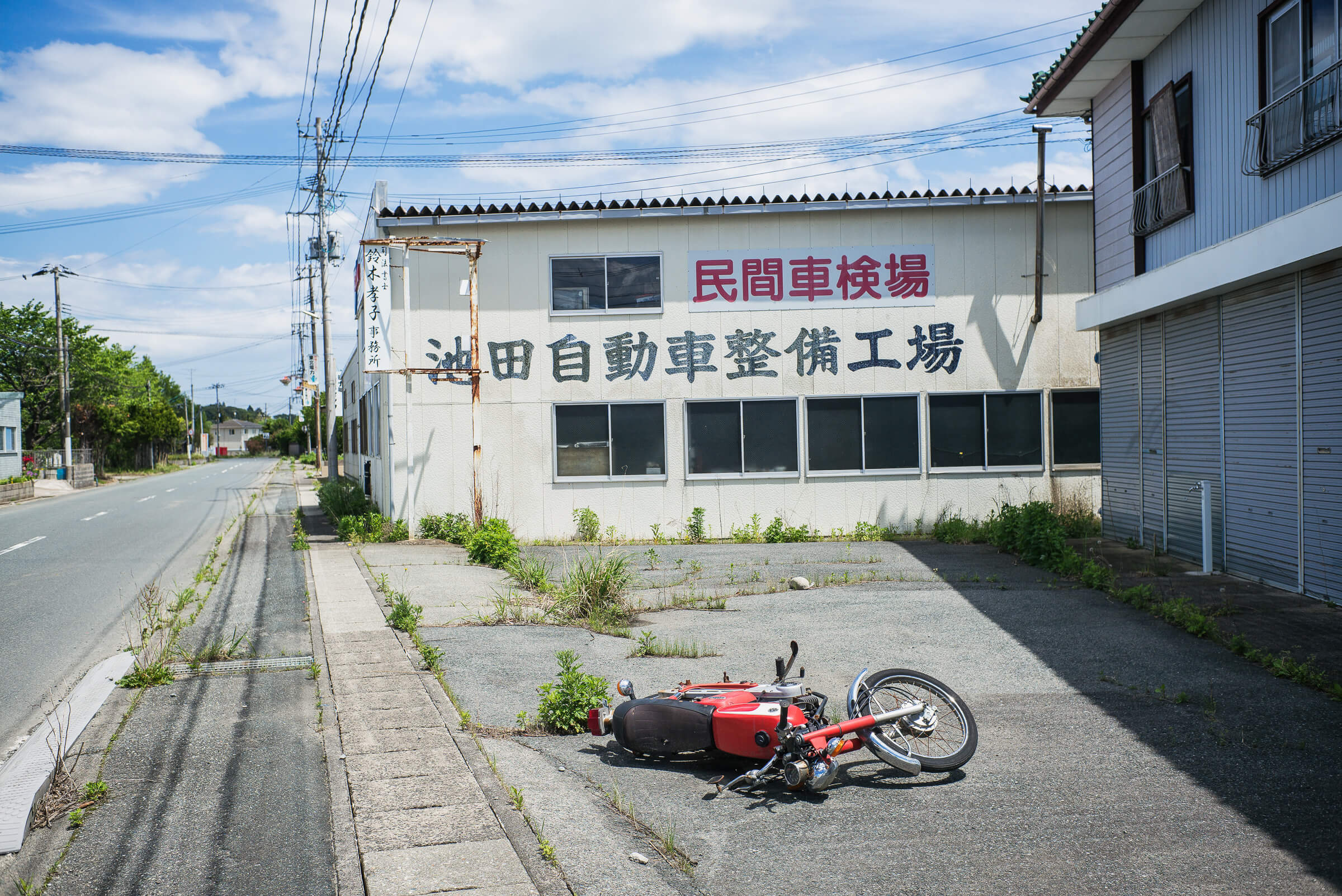
According to scientists’ calculations, Namie can only be resettled in a few hundred years. Tourists are prohibited from entering there. That’s how it goes.
Sanzhi, Taiwan
This city was planned as a huge resort. Construction began in the middle of the 20th century. Sanzhi was supposed to look like the city of the future. The futuristic metal and glass structures still make an indelible impression. However, people rarely visit Sanzhi.
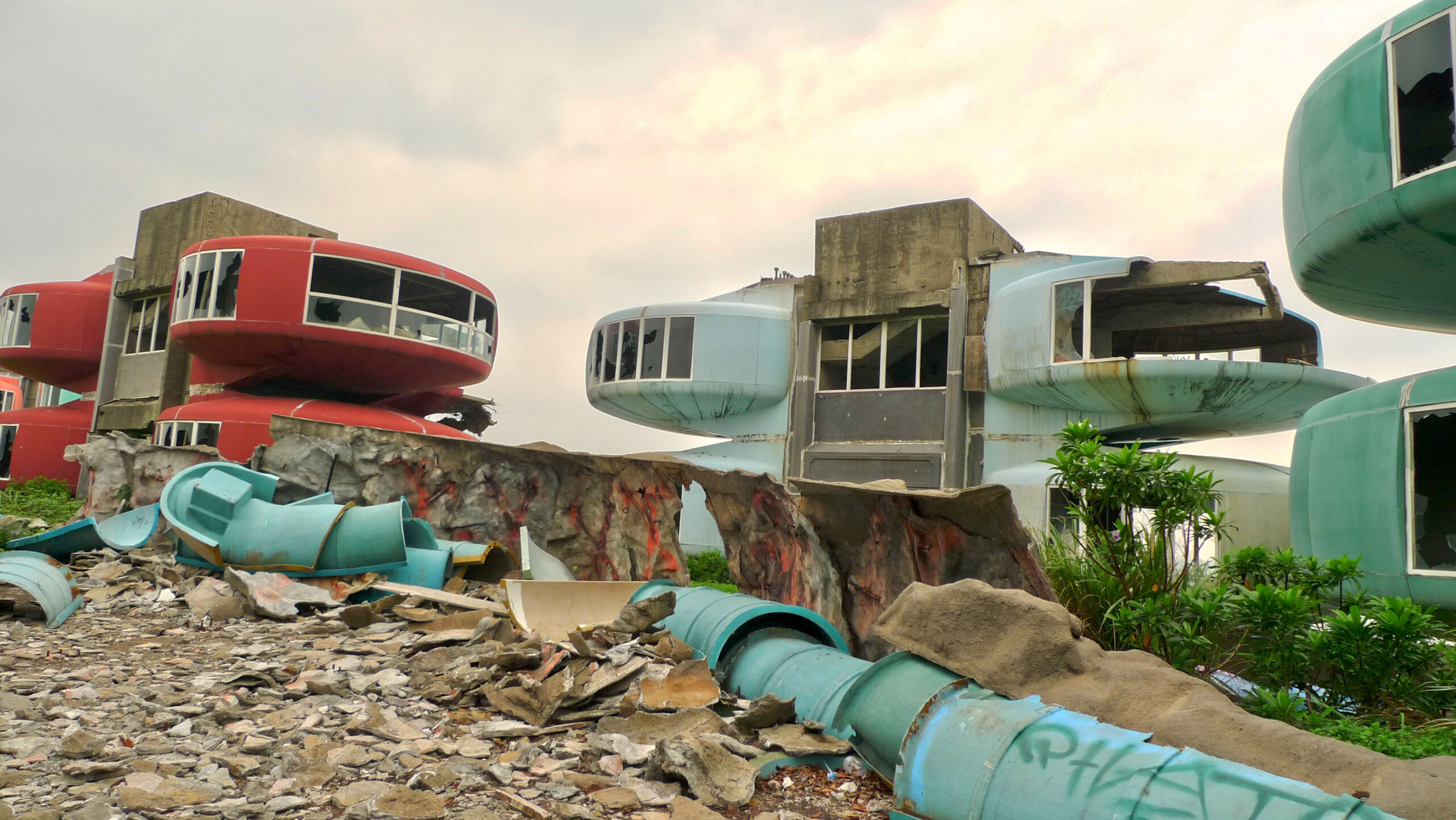
Local residents did not want to move to a city that was so different from others. They simply refused to live in “science fiction” houses, which led to the apartments being left empty. Moreover, Sanzhi gained a bad reputation: several workers died during its construction. Legends began to circulate about ghosts wandering the streets of the city.
Some time after the completion of construction, the authorities wanted to demolish the city, but local residents revolted again: they claimed that the souls of the dead should have their own home. Thus, Sanzhi became a ghost town.
Craco, Italy
This city was founded back in 540 BCE. Craco became a true cultural European center. The population grew rapidly, a university was established, and magnificent palaces were built. But in 1656, due to the plague, the number of residents decreased several times. The city began to decline.
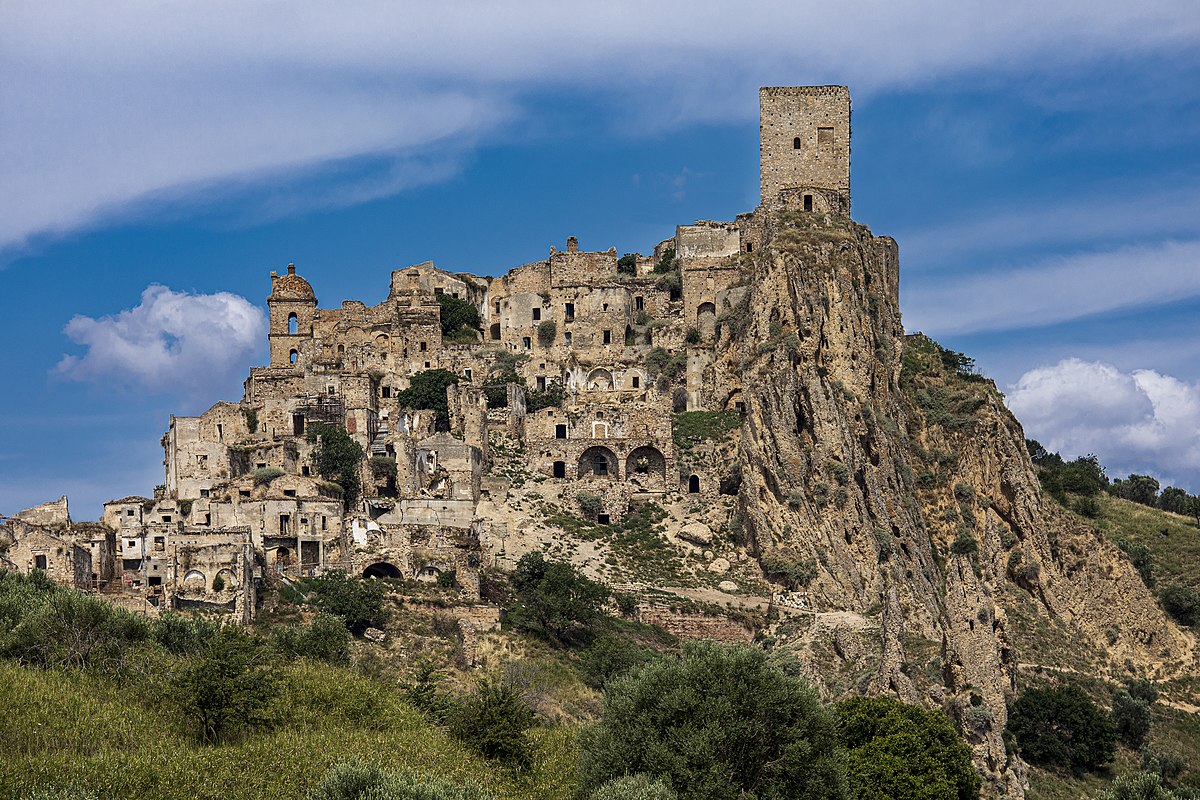
In the late 19th century, people began to leave Craco. In 1963, the remaining townspeople were forced to leave due to a landslide. Now Craco is only visited by tourists.
Garnet, USA
Garnet was built in 1860. It was inhabited by miners who were extracting gold. The population numbered about 1,000 people. When the gold ran out, the locals left Garnet. Additionally, many houses were destroyed by a fire that occurred in 1912.
However, Garnet is considered one of the best-preserved ghost towns in America. Nearly two dozen tourists visit it annually.
Detroit, USA
Detroit, while not yet a complete ghost town, sees its population decrease every year. What caused Detroit’s downfall? Surprisingly, it was the development of the automobile industry. Detroit was a center of car manufacturing, leading entrepreneurs to invite black workers from all over the country.
The first generation of workers toiled diligently. However, their children chose a different path, turning to crime and robbery. The crime rate in Detroit increased so much that people began to leave. Currently, only antisocial elements reside there. Tourists are afraid to visit Detroit due to the risk of being robbed.
Times Beach, USA
In the middle of the 20th century, local residents wanted to permanently solve the problem of dust settling on the city’s roads. They sought help from a dishonest company without familiarizing themselves with the contractor’s methods. The roads and asphalt were treated with a substance of unknown origin.
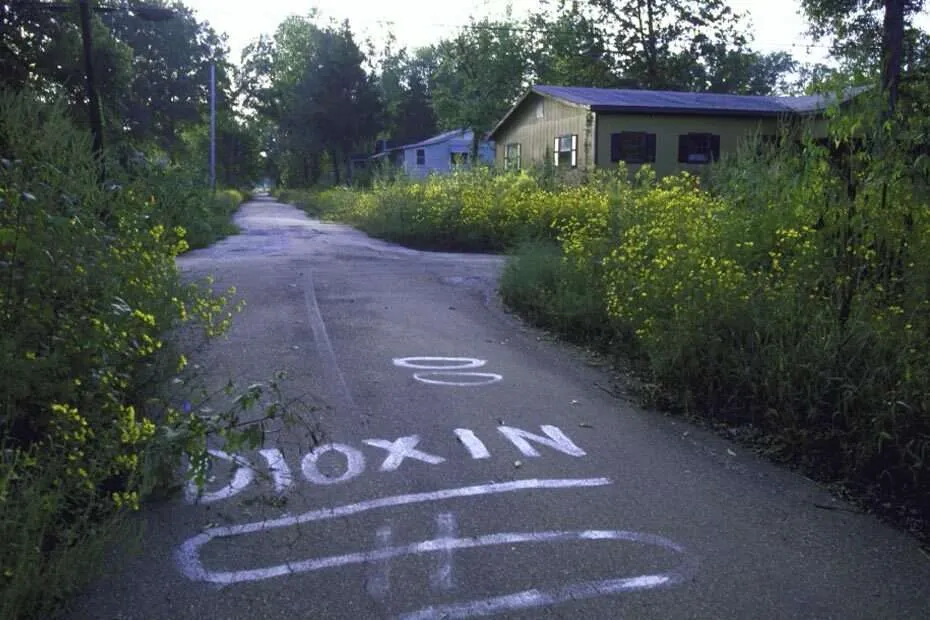
The dust did indeed stop bothering the residents, but another disaster struck. First, pets began to die. Then people started suffering from various health problems. Chronic illnesses worsened, and both children and adults complained of weakness, malaise, frequent loss of consciousness, and other strange symptoms.
It was later discovered that the roads were treated with dioxin, a powerful poison that posed a danger to life. Local residents had to leave the city forever.
Villa Epecuén, Argentina
The city was built to attract wealthy tourists. Spa salons, yacht clubs, luxurious restaurants… Everything was fine until the local authorities decided to expand the freshwater lake. After the expansion, water began to seep into the city, flooding the houses.
A dam was built, which initially coped with its task. However, nature could not tolerate such a gross intervention. The water broke through the dam and engulfed the city with a 15-meter wave. Residents had to be hastily evacuated, and Villa Epecuén became uninhabitable. The city became a reminder that pride, vanity, and the desire to earn more – lead to a dead end.
Neftegorsk, Russia
This city was a thriving center of oil production. But one day it was destroyed by a terrible earthquake. More than two thousand people died, and only a few buildings survived. All the residents left the city, and it was never rebuilt.
Now Neftegorsk can be called a memorial to the victims of the catastrophe that once occurred there. Only occasionally do tourists and relatives of those who died during the earthquake visit the city.
Often cities become “ghost towns” because of a raging force of nature. But more often than not, it happens as a result of someone’s mistake, human foolishness, and short-sightedness. Nature punishes those who violate its laws.
